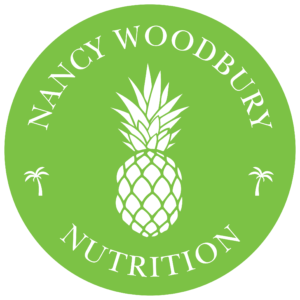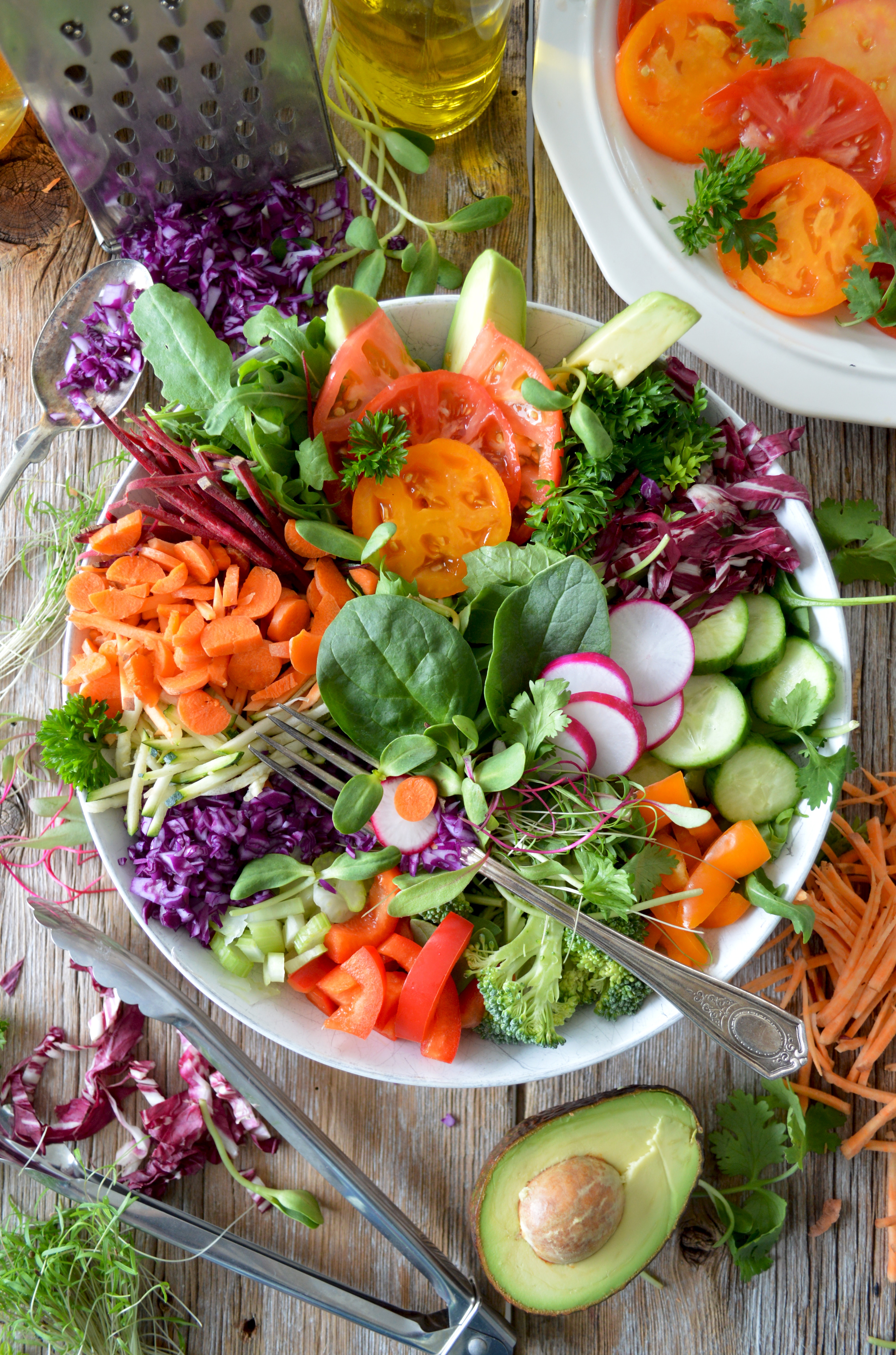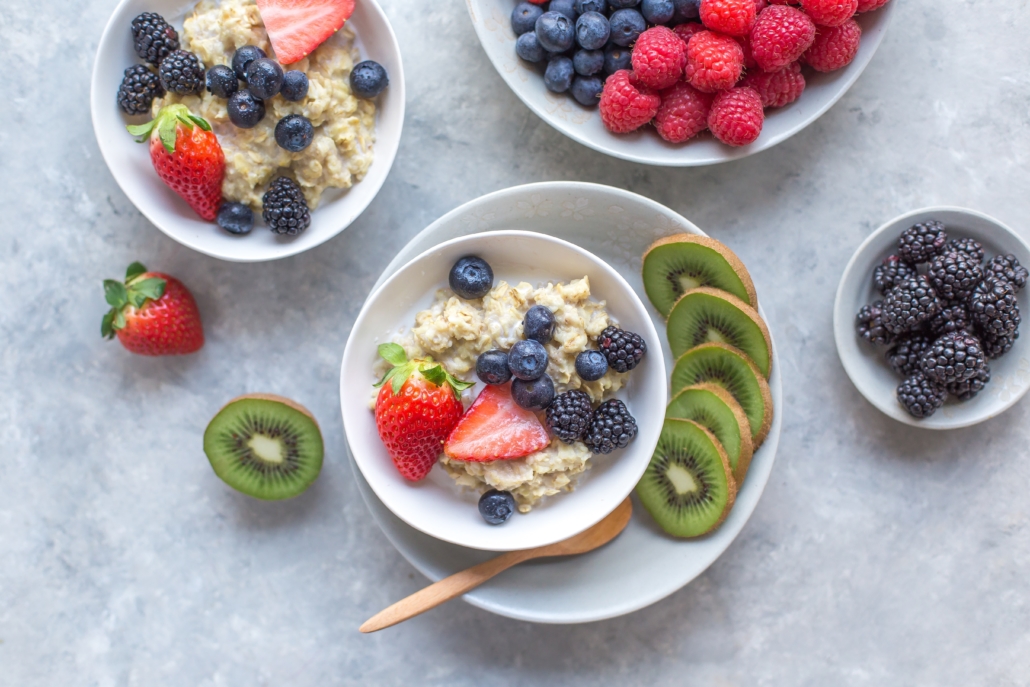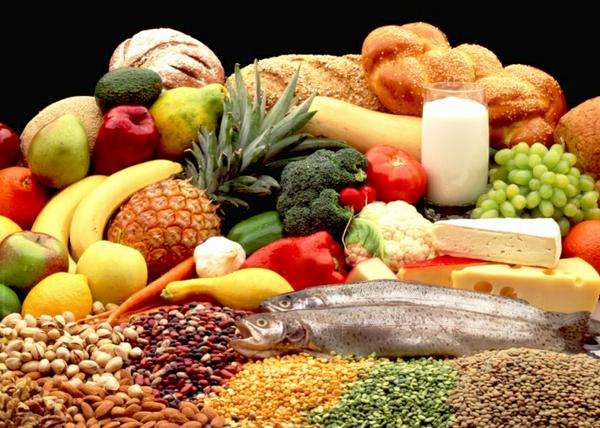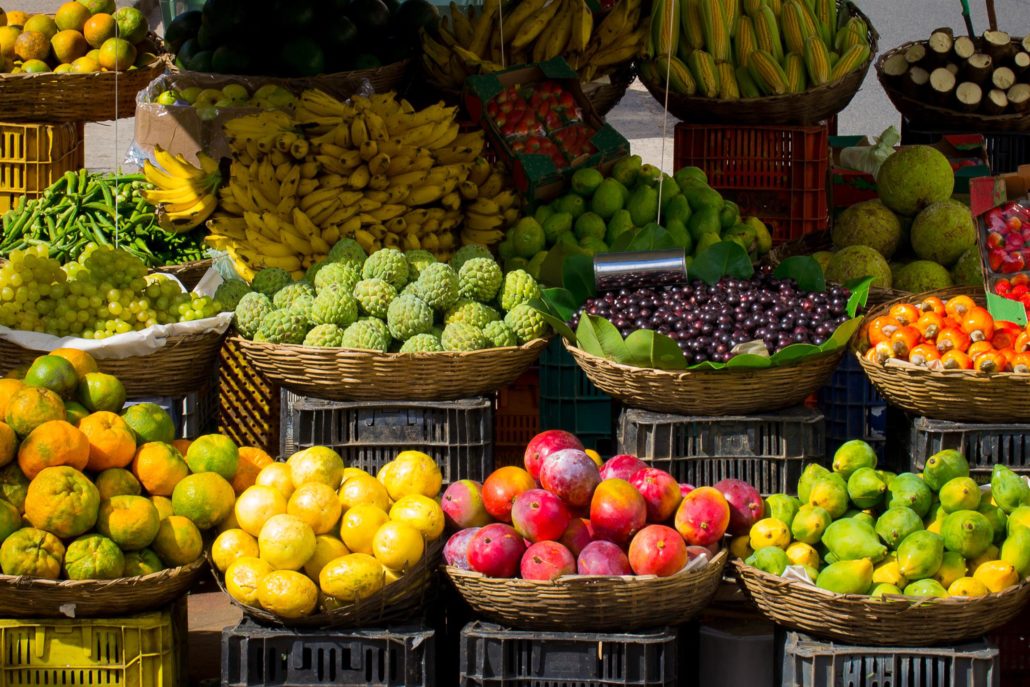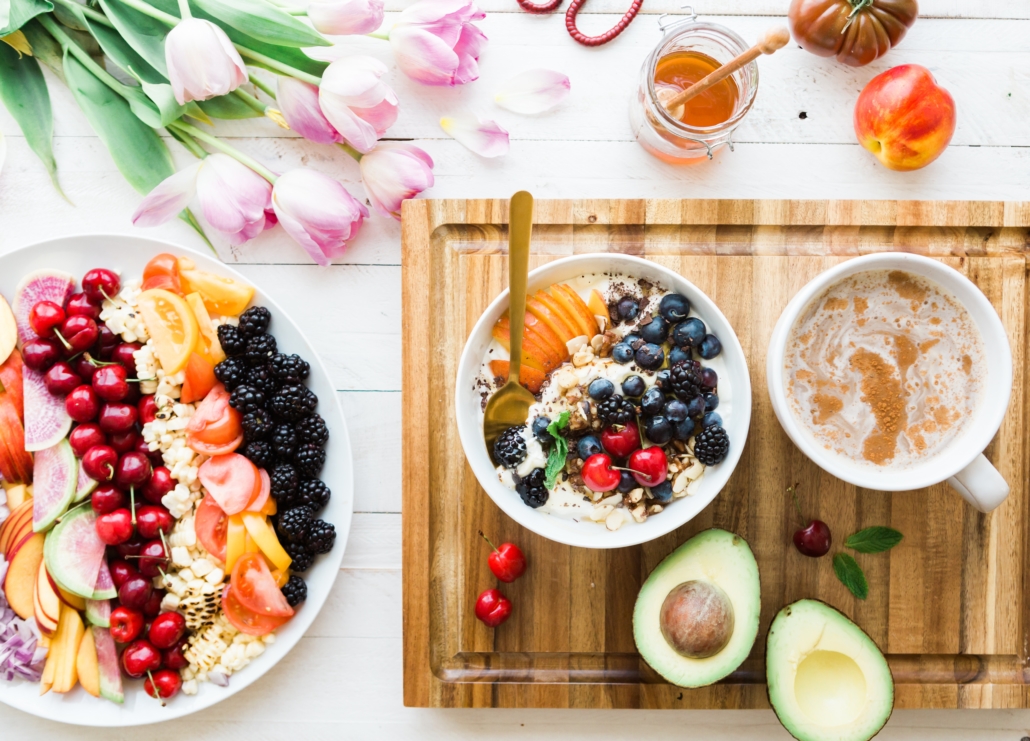Welcome to my blog, where I share evidence-based nutrition resources with women who want to look and feel their best. Whether you’re trying to lose weight, get healthier or fuel your workouts, you need to eat nutritious foods to achieve your goals.
Be sure to subscribe today to my email nutrition newsletter and receive a FREE 5-Day, Simple Plant-Based Meal Plan featuring breakfast, lunch and snacks, and a healthy grocery list.
What to expect on this blog:
- How nutrition and lifestyle choices impact your health outcomes
- Science-based strategies to maximize your metabolism and lose fat
- Delicious recipes and creative ideas for healthy meals and snacks
- How to read and interpret nutrition labels to avoid marketing traps at the supermarket
Start eating healthy today with meal planning
Like many people, your schedule is full with work, family and community activities. You want to plan healthy meals to fuel your workday, but more often than not, you find yourself running on empty and lacking energy to meet the demands of life.
Does this routine sound familiar? You wake up in the morning, rush to get ready for work, skip breakfast, drink coffee all morning, and grab a not-so-healthy lunch to eat at your desk while working. By the time you arrive home for dinner, you’re starving and wondering what to eat as you stare at your empty refrigerator. You dream of hiring a personal chef.
The good news is that you can learn how to plan healthy meals and enjoy nutritious and delicious foods throughout your workday—even when pressed for time. Here are some ideas for healthy foods to eat, plus a few tips to take the stress out of prepping and packing your meals. Read more
